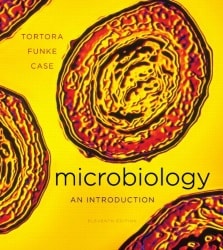Refers to the defenses that are present at birth
Innate immunity
Based on a specific response to a specific microbe once a microbe has breached the innate immunity defenses
Adaptive immunity
Which immunity is slower to respond?
Adaptive immunity. It does, however, have a memory component, unlike innate immunity, which allows it to be more effective against the same pathogen in the future.
Which cells are involved in adaptive immunity?
B cells and T cells.
What cell types are exclusively innate immunity?
Basophil, eosinophil, and mast cell.
What cell type releases histamines that cause inflammation?
Basophil.
Which cell type kills parasites?
Eosinophil.
Which cell type kills infected cells?
Mast cells.
Which cell type recognizes antigens and produces antibodies?
B cell.
What cells do natural killer cells kill?
Cancer cells and virus-infected cells.
How does the skin help protect against infection?
The cells are closely packed together, it has multiple layers, the presence of keratin so it is dry and continuously sheds.
Transports microbes trapped in mucus away from the lungs
Ciliary escalator
At what rate does the ciliary escalator move?
1 to 3 cm per hour
Leukocytes (white blood cells) are divided into two categories called
Granulocytes and neutrophils
Leukocytes with granules in their cytoplasm that are visible with a light microscope
Granulocytes
What are the three types of granulocytes?
Neutrophils, basophils, and eosinophils.
What is the basic function of neutrophils?
Phagocytosis; they work in the early stages of infection.
What is the basic function of basophils?
They release histamine and work in allergic responses.
What is the basic function of eosinophils?
Phagocytic; toxic against parasites and helminths.
What is the basic function of monocytes?
They mature into macrophages in tissues where they are phagocytic.
What is the basic function of dendritic cells?
Found in the skin, mucous membranes, and thymus; phagocytic.
What is the basic function of lymphocytes?
T cells function in cell-mediated immunity.
B cells produce antibodies
NK cells destroy target cells by cytolysis and apoptosis.
How can the increase or decrease of white blood cells be detected?
Differential white blood cell count
Some macrophages, or histiocytes, are resident in certain tissues and organs of the body.
Fixed macrophages
Complement activation always ends in the activation of
C3
